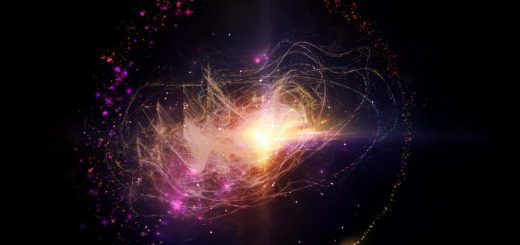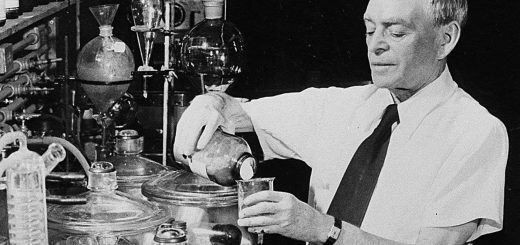Embryos pause development when nutrients are low — and now we know how
Embryos seem to have a sensor that picks up when nutrients are scarce, prompting them to pause their development until resources become more abundant again
By Chen Ly
11 April 2024
A mouse embryo that has paused its development due to nutrient depletion
Jiajia Ye
The embryos of many species can stop developing when starved of nutrients, only to restart the process once these are restored – and scientists may have figured out how they do it.
In the early stages of pregnancy, a fertilised egg turns into a blastocyst, a tiny cluster of dividing cells. This then implants into the uterine wall, eventually differentiating into the various organ tissues of a fetus.
When some animals face extreme circumstances, such as when food is scarce or when it is really cold, blastocysts pause their growth and enter a state of dormancy called embryonic diapause. This can last for several months in some species, with activity resuming once conditions improve. “It is a strategy to maximise the reproductive process and thus the number of young born and their survival,” says Bruce Murphy at the University of Montreal in Canada, who wasn’t involved in the research.
Advertisement
Read more
Human evolution: The astounding new story of the origin of our species
Now, Jiajia Ye at the Chinese Academy of Science and his colleagues have uncovered how an embryo can tell when to stall development.
They put 14 newly pregnant mice in a cage with food and 11 others in a cage without food. After 3.5 days, they found that the blastocysts of the well-fed mice developed as usual, but those of the starved mice hadn’t implanted in the uterus, indicating embryonic diapause.


